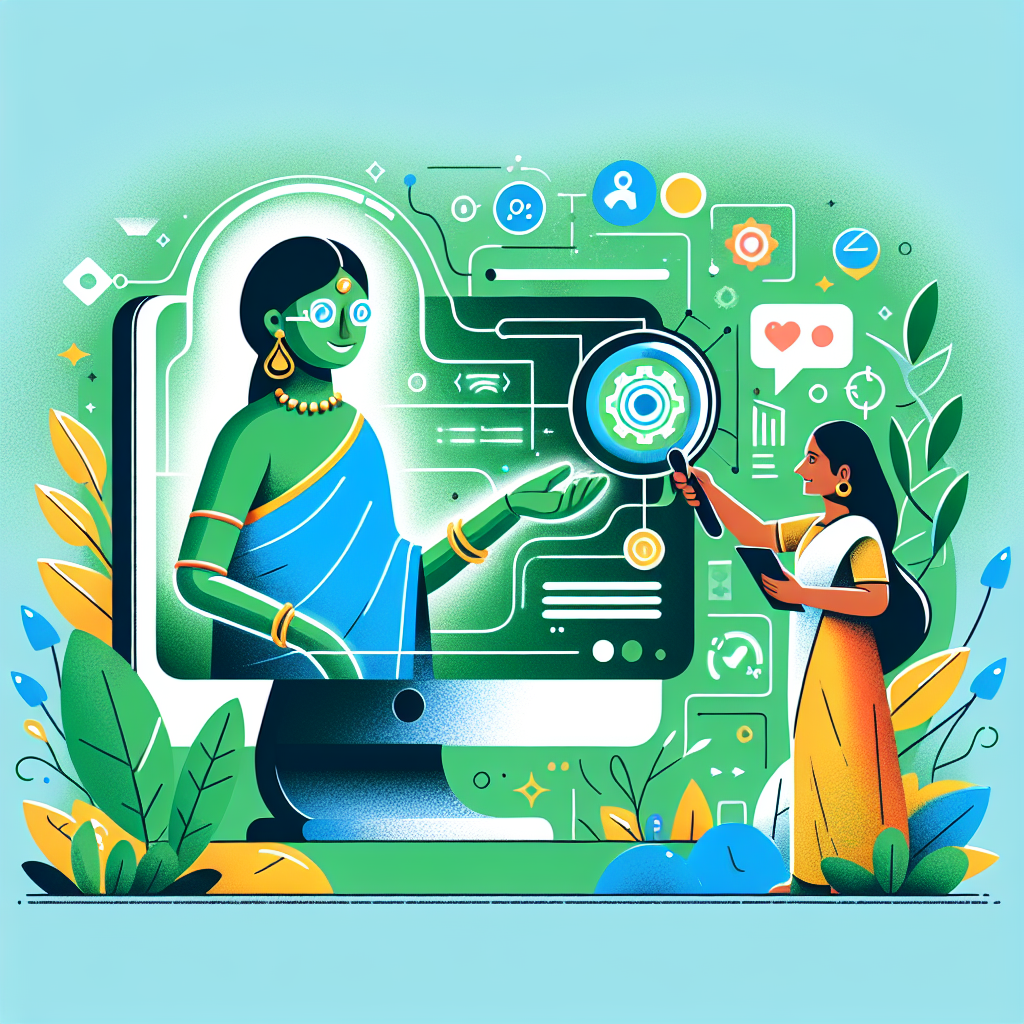Zero-Complexity in Technology: Making User Experiences Effortless
In an era where technology pervades every facet of our lives, the quest for simplified, seamless interactions with digital products and services has led to the emergence of the zero-complexity movement. This approach aims to make user experiences so effortless that engaging with technology feels like second nature, requiring minimal cognitive load from the user. Zero-complexity, as a design and development philosophy, is manifesting across various industries, spearheading innovations that focus on reducing friction and enhancing ease of use.
The Essence of Zero-Complexity
At its core, zero-complexity is about stripping away unnecessary layers of interaction and information to present users with a product or service that is intuitive and easy to use. This means designing interfaces and experiences that are straightforward, predictable, and require little to no learning curve. The goal is to enable users to achieve their desired outcomes with minimal effort and in the least amount of time.
Why Zero-Complexity Matters
In the digital age, where users are inundated with a myriad of choices, the simplicity of use can be a significant differentiator. A zero-complexity approach not only enhances user satisfaction but also improves accessibility, opening up technology to wider audiences, including those who may be less tech-savvy. Moreover, by reducing the barriers to adoption, products and services can achieve greater market penetration and user retention.
The Role of Design in Achieving Zero-Complexity
Design plays a pivotal role in achieving zero-complexity. This involves adopting a user-centric design process, where feedback from real users is continuously integrated into the product development cycle. Principles such as minimalism, clarity, and consistency are employed to create interfaces that are clean, uncluttered, and easy to navigate. Attention is also given to the ergonomics of design, ensuring that the product is comfortable and enjoyable to use across different devices and platforms.
Technological Innovation Supporting Zero-Complexity
Behind every seamless user experience is a sophisticated technological framework designed to handle complex operations effortlessly. Advancements in artificial intelligence (AI), machine learning (ML), and natural language processing (NLP) are at the forefront of this innovation, enabling personalized experiences that adapt to the user’s needs and preferences. These technologies allow for the automation of mundane tasks, predictive functionalities, and more intuitive interactions, all contributing to the zero-complexity ethos.
Real-World Examples and Benefits
From smart homes and voice assistants to on-demand services and no-code platforms, zero-complexity is fast becoming a standard expectation. For instance, voice assistants like Amazon’s Alexa or Google Assistant enable users to perform a wide range of tasks using simple voice commands, bypassing complex navigational menus and interfaces. No-code platforms empower users to create custom applications without any coding knowledge, democratizing access to technology creation.
The benefits of zero-complexity are manifold. For users, it means a more satisfying and productive interaction with technology. For businesses, it translates to increased engagement, loyalty, and, ultimately, a competitive advantage in the marketplace.
Looking ahead, as we move towards an even more interconnected and technology-driven future, the principles of zero-complexity will undoubtedly continue to shape the evolution of digital products and services. By making technology more accessible and effortless to use, we not only enhance individual user experiences but also foster a more inclusive digital world.
In conclusion, the zero-complexity movement in technology is not just about simplifying interfaces or reducing user steps; it’s about reimagining the relationship between humans and technology. By prioritizing ease of use, intuitiveness, and accessibility, we can unlock the full potential of technology to enrich our lives in ways we’ve yet to imagine.
